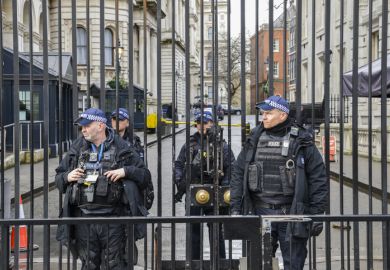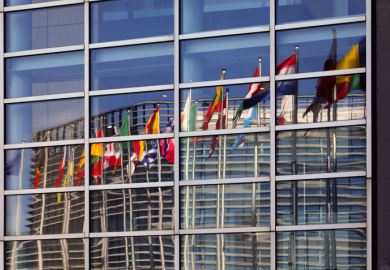International students have helped fuel record growth in Australia, injecting a youthful antidote to the ageing of the country’s population.
For the first time, Sydney has absorbed more than 100,000 extra people in a single year. Its growth was eclipsed by Melbourne, where the population increased by just over 125,000.
In both cases, net overseas migration was the key contributor, accounting for 64 per cent of the population rise in Melbourne and 83 per cent in Sydney.
The figures were released on Tuesday by the Australian Bureau of Statistics (ABS). They follow data showing that student flows into the country are burgeoning, with numbers rising by about 8 per cent last year.
New overseas enrolments exceeded 500,000 in the first two months of this year alone, rising about 12 per cent compared with the equivalent period last year. Most of the students gravitate to the large eastern seaboard cities of Sydney, Melbourne and Brisbane.
“The numbers speak for themselves,” said Phil Honeywood, chief executive officer of the International Education Association of Australia. “We’ve got in many cases the best and the brightest young people from around the world.”
The new figures capture the “estimated resident population”, which consists of people living in Australia for at least six months of the year. For the first time, the ABS broke down population change into its components of births, deaths and internal and overseas migration.
“It is now possible to not only see how much population is changing in an area, but to understand why this change is occurring,” said demography director Anthony Grubb.
Overall, Australia’s population grew by 1.6 per cent or about 390,000 people to 24.6 million. Net overseas migration to the capital cities accounted for about 54 per cent of this increase.
The ABS could not specify the exact contribution of international students to this expanded pool of residents. But on its most recent figures, foreign students accounted for about 43 per cent of net overseas migration to Sydney and Melbourne.
Mr Honeywood said that exploding student numbers were good for Australia, adding to the country’s multicultural profile. He said that the industry had “deliberately diversified” its recruitment so that Brazil and Colombia were now among the fastest-growing sources.
He said that international students who stayed on and partnered with locals tended to have more children than Australian-born people. This was helping to insulate Australia from the population decline being experienced in Japan and anticipated in China.
Mr Honeywood said that international education helped prepare the way for permanent migrants. An influx of Saudi students, for example, had spawned the establishment of Arabian restaurants that appealed to other Saudi newcomers. “It provides a high degree of comfort,” he said.
Register to continue
Why register?
- Registration is free and only takes a moment
- Once registered, you can read 3 articles a month
- Sign up for our newsletter
Subscribe
Or subscribe for unlimited access to:
- Unlimited access to news, views, insights & reviews
- Digital editions
- Digital access to THE’s university and college rankings analysis
Already registered or a current subscriber? Login








